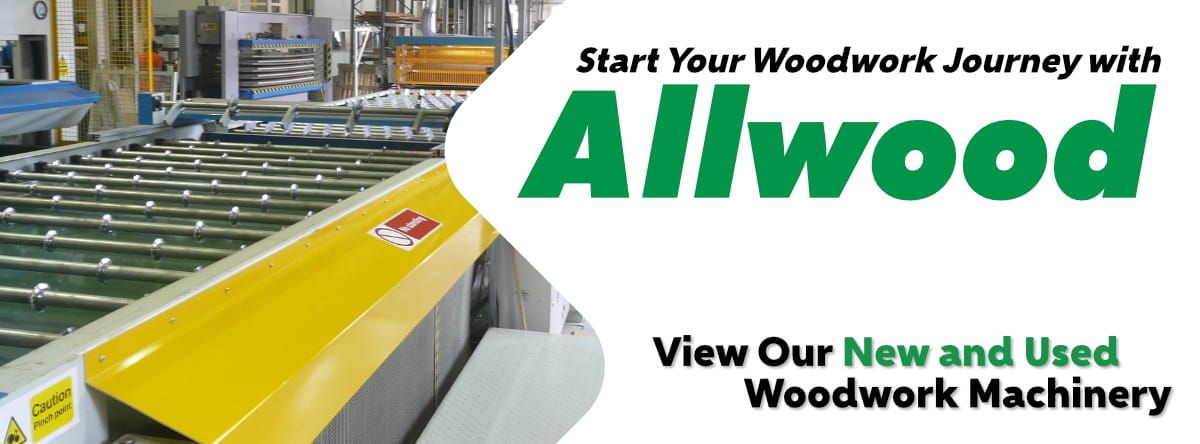Dust extraction is often overlooked in woodworking workshops, but it's a critical component for both worker health and machine longevity. Let's delve into why:
Health Benefits of Dust Extraction
- Respiratory Health: Woodworking generates a variety of fine dust particles, including silica dust, which can be harmful when inhaled. Prolonged exposure to these particles can lead to serious respiratory conditions like silicosis.
- Allergic Reactions: Wood dust can trigger allergic reactions in some individuals, causing symptoms such as sneezing, coughing, and itchy eyes.
- Skin Irritation: Direct contact with wood dust can irritate the skin, leading to dermatitis.
Machine Maintenance Benefits of Dust Extraction
- Reduced Wear and Tear: Dust and debris can accumulate in machine components, leading to increased friction, overheating, and premature wear.
- Improved Precision: A clean machine operates more accurately, ensuring precise cuts and joints.
- Enhanced Efficiency: Regular dust removal prevents clogs and blockages, improving machine performance and productivity.
Types of Dust Extraction Systems
- Source Capture: This method involves placing extraction hoods directly over the cutting or sanding tool, capturing dust at its source.
- Centralised systems: These systems use a network of ducts to collect dust from multiple machines and transport it to a central dust collector.
- Portable Dust Collectors: These standalone units can be moved around the workshop to collect dust from various tools.
Tips for Effective Dust Extraction
- Regular Maintenance: Clean dust collectors and filters regularly to ensure optimal performance.
- Proper Hood Placement: Position hoods as close as possible to the dust source for maximum efficiency.
- Adequate Airflow: Ensure sufficient airflow to effectively remove dust particles.
- Filter Selection: Choose filters that are appropriate for the type of dust generated.
- Worker Training: Educate workers on the importance of using dust extraction systems and proper safety practices.
By prioritising dust extraction, woodworking businesses can create a healthier and more productive work environment. It's a worthwhile investment that protects both workers and machinery.



